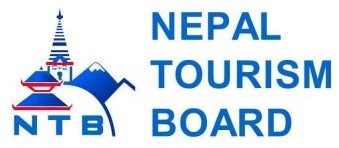Trekking in Nepal: Your Ultimate Guide for 2025 and 2026
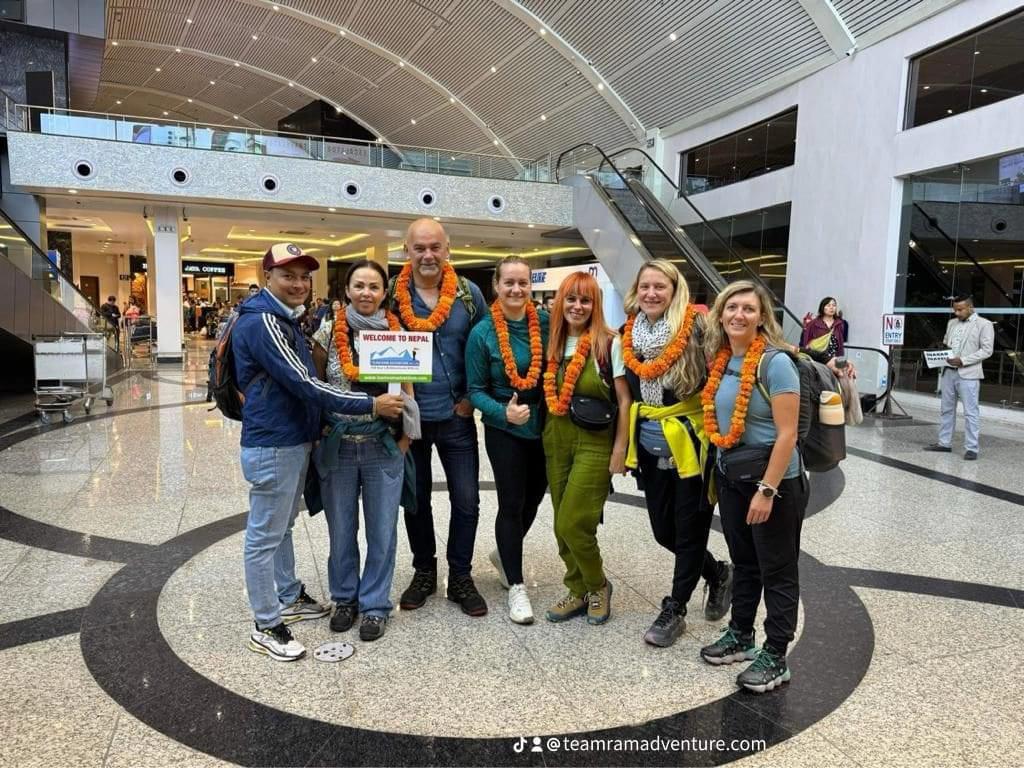
27th Nov, 2024
- teamramadventure
Nepal, the land of the Himalayas, is a dream destination for trekkers worldwide. Home to eight of the world’s fourteen highest peaks, including the iconic Mount Everest, Nepal offers unparalleled trekking experiences that blend natural beauty, cultural richness, and thrilling adventure. Whether you are an avid trekker or a first-time explorer, trekking in Nepal in 2025 and 2026 promises new opportunities, upgraded trails, and unforgettable experiences.
Table of Contents
In this comprehensive guide, we’ll cover everything you need to know, including updated trekking routes, permits, cultural insights, and practical tips to make your trekking adventure a resounding success.
Why Trek in Nepal?
-
Home to the World’s Highest Peaks Nepal hosts the majestic Himalayas, including Everest, Kanchenjunga, and Annapurna. Trekkers are rewarded with breathtaking views of snow-clad mountains.
-
Diverse Trekking Routes From the easygoing Ghorepani Poon Hill trek to the challenging Everest Base Camp trek, Nepal offers trails for all fitness levels and timeframes.
-
Rich Culture and History Experience unique traditions, ancient monasteries, and the warm hospitality of ethnic groups like Sherpas, Gurungs, and Thakalis.
-
Adventure for All Seasons While spring (March-May) and autumn (September-November) are the prime trekking seasons, winter treks and summer trails also provide unique experiences.
Top Trekking Routes in Nepal for 2025 and 2026
1. Everest Base Camp Trek
- Duration: 12-14 days
- Best Time: March-May, September-November
- Highlights: Views of Everest, Khumbu Glacier, Tengboche Monastery
2. Annapurna Circuit Trek
- Duration: 15-20 days
- Best Time: March-May, September-November
- Highlights: Thorong La Pass, Tilicho Lake, diverse landscapes
3. Langtang Valley Trek
- Duration: 7-10 days
- Best Time: March-May, September-November
- Highlights: Langtang National Park, Tamang villages, glacial views
4. Manaslu Circuit Trek
- Duration: 14-18 days
- Best Time: March-May, September-November
- Highlights: Remote trails, Larkya La Pass, stunning mountain views
5. Ghorepani Poon Hill Trek
- Duration: 4-6 days
- Best Time: Year-round
- Highlights: Sunrise over Annapurna and Dhaulagiri, rhododendron forests
6. Kanchenjunga Base Camp Trek
- Duration: 20-25 days
- Best Time: March-May, September-November
- Highlights: Remote wilderness, views of Kanchenjunga, cultural immersion
New Developments in Trekking for 2025 and 2026
-
Improved Trail Infrastructure The Nepal Tourism Board (NTB) has been enhancing trails and accommodations to cater to the growing influx of trekkers.
-
Digital Permits Trekking Information Management System (TIMS) cards and conservation area permits are now available online, simplifying the process for trekkers.
-
Sustainability Initiatives To preserve Nepal’s pristine environment, new eco-friendly lodges and waste management programs have been implemented along popular trails.
-
Increased Safety Standards With better weather monitoring systems and trained guides, trekking safety in Nepal has improved significantly.
Permits and Regulations
Mandatory Permits
- TIMS Card: Required for most trekking regions
- Annapurna Conservation Area Permit (ACAP): For Annapurna region treks
- Sagarmatha National Park Permit: For Everest region treks
- Restricted Area Permits: Needed for regions like Upper Mustang and Manaslu
New Updates for 2025 and 2026
- Online permit applications
- Stricter monitoring to ensure trekking safety
- Additional permits for drone usage
Best Time to Trek in Nepal
Spring (March-May)
- Ideal for clear skies and blooming rhododendrons
- Comfortable temperatures
Autumn (September-November)
- Crystal-clear mountain views
- Best time for classic treks like Everest Base Camp
Winter (December-February)
- Fewer crowds and serene trails
- Ideal for lower-altitude treks
Summer/Monsoon (June-August)
- Best for rain-shadow areas like Upper Mustang and Dolp
Packing List for Trekking in Nepal
Essentials
- Sturdy trekking boots
- Lightweight and waterproof clothing
- Sleeping bag (rated for sub-zero temperatures)
Gear
- Trekking poles
- Headlamp with extra batteries
- Hydration system (bottles/bladders)
Personal Items
- First-aid kit
- Sunscreen and sunglasses
- Snacks and energy bars
Health and Safety Tips
-
Acclimatize Gradually Prevent altitude sickness by following a steady ascent and staying hydrated.
-
Travel Insurance Ensure your policy covers trekking up to high altitudes, including helicopter evacuation.
-
Stay Informed Check weather forecasts and trail conditions regularly.
Cultural Etiquette While Trekking
-
Respect Local Customs Always ask for permission before taking photos and dress modestly near monasteries and villages.
-
Support Local Businesses Choose locally run lodges and guides to contribute to the community’s economy.
-
Eco-Friendly Practices Carry reusable water bottles and avoid littering.
FAQs About Trekking in Nepal
-
Do I need a guide?
- While solo trekking is possible on some trails, hiring a guide is highly recommended for safety and cultural insights.
-
What is the cost of trekking in Nepal?
- Costs vary based on the trek, but budget around $30-$50 per day for food, lodging, and permits.
-
Is trekking in Nepal safe?
- With proper planning, experienced guides, and adherence to safety guidelines, trekking in Nepal is generally safe.
Conclusion
Trekking in Nepal in 2025 and 2026 is a once-in-a-lifetime opportunity to immerse yourself in the grandeur of the Himalayas, vibrant cultures, and unspoiled nature. With updated routes, enhanced facilities, and a focus on sustainable tourism, Nepal remains the ultimate destination for adventurers and nature lovers alike.
So, pack your gear, prepare your permits, and embark on an unforgettable journey to the heart of the Himalayas!


 Plan Your Trip Now
Plan Your Trip Now 










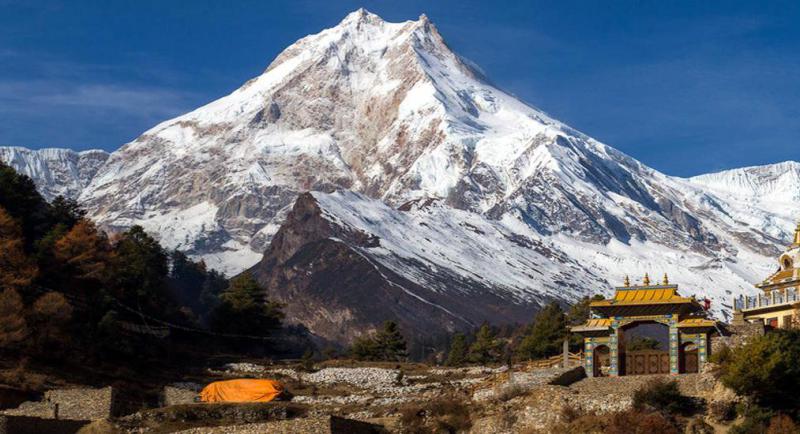

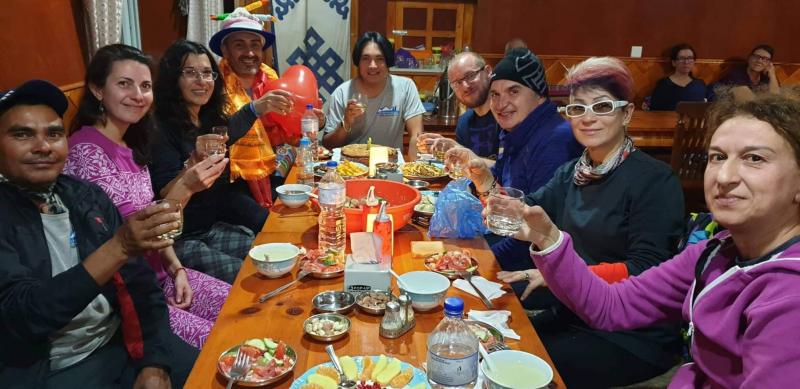









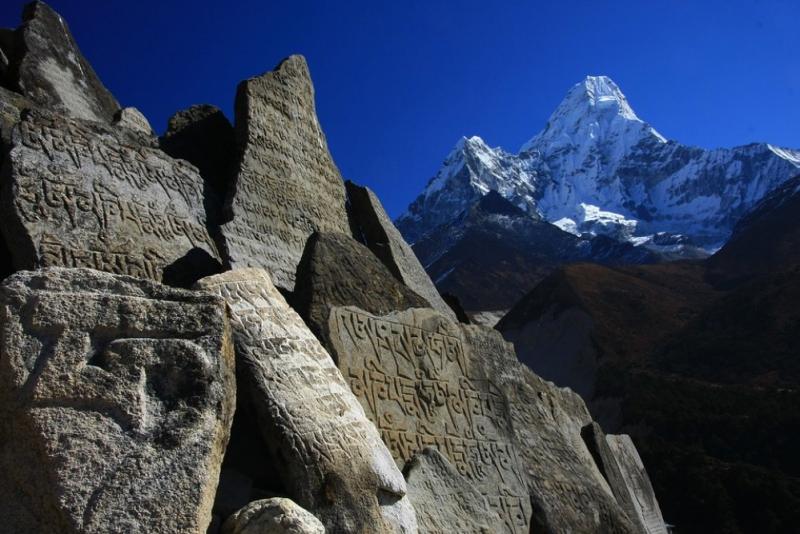






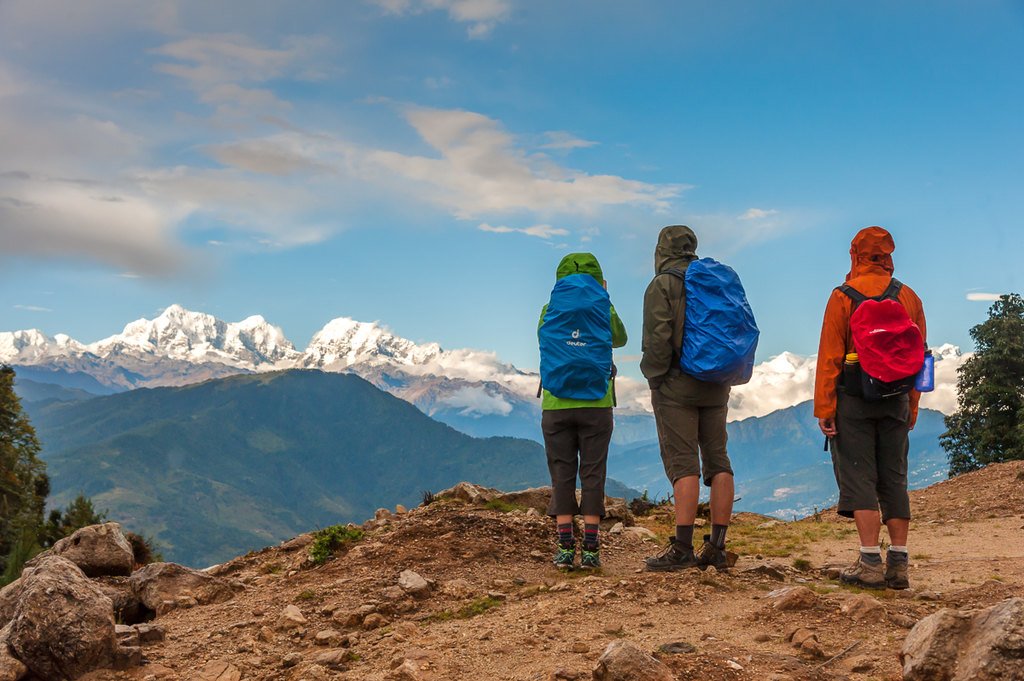
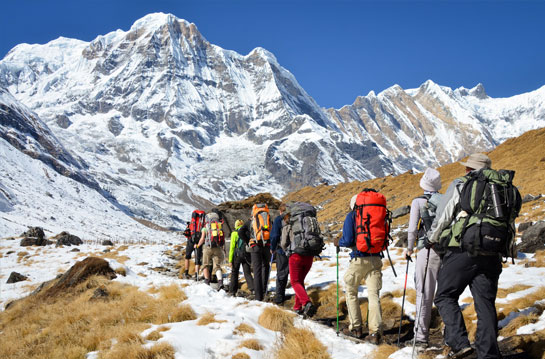
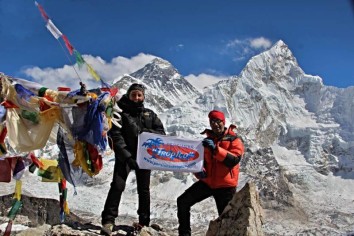






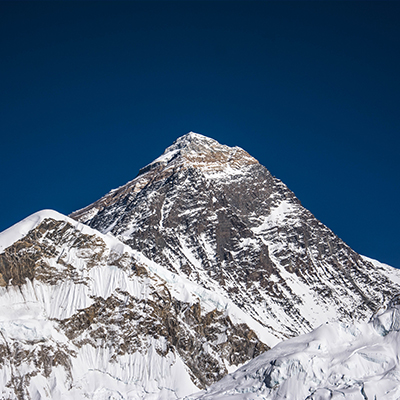


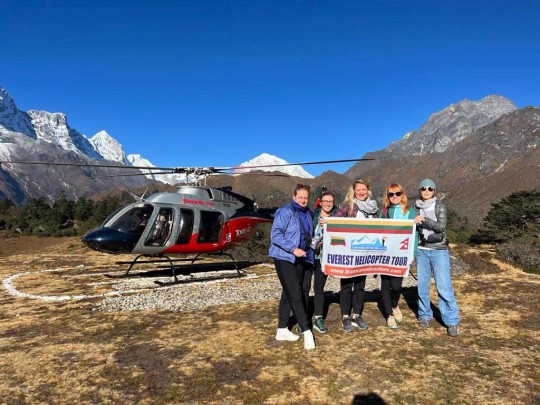



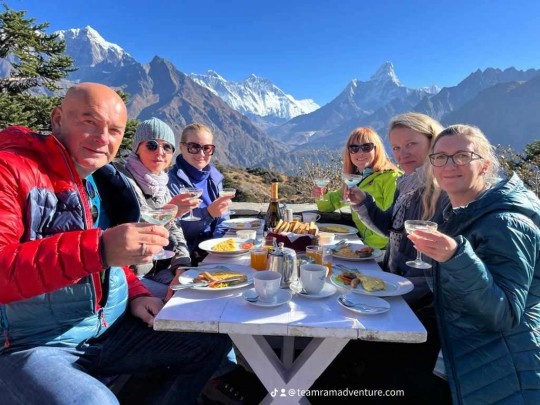







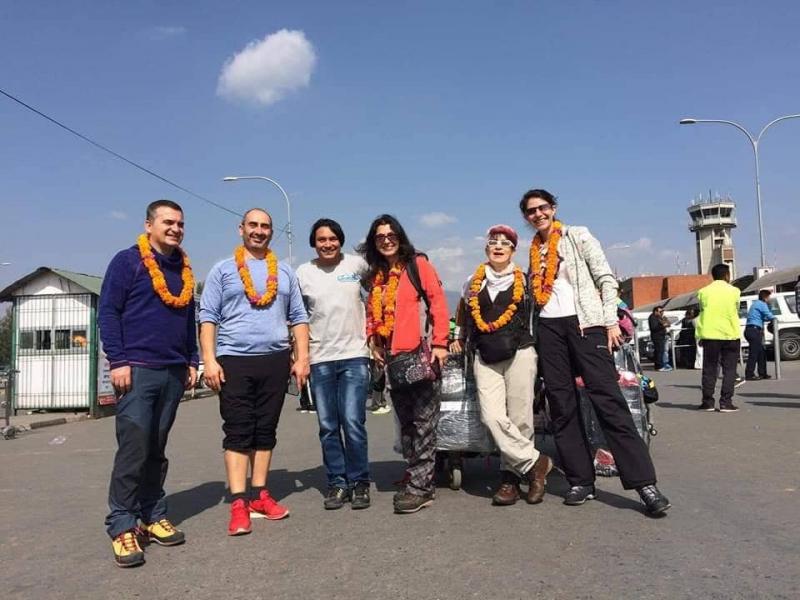












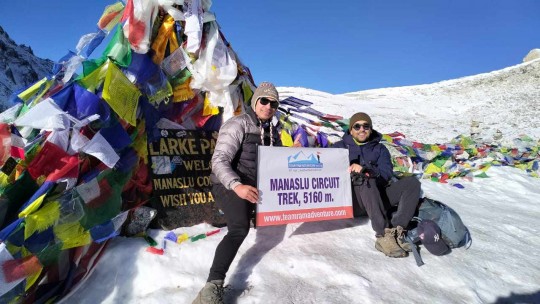
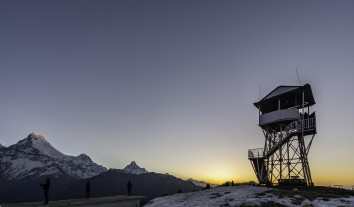
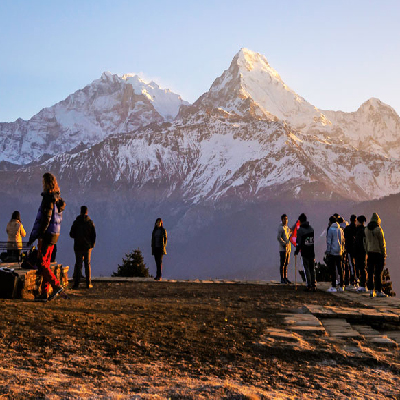










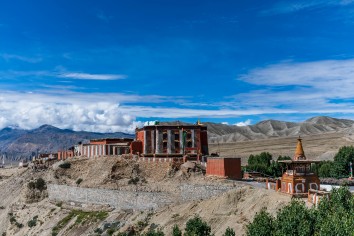


.jpg)







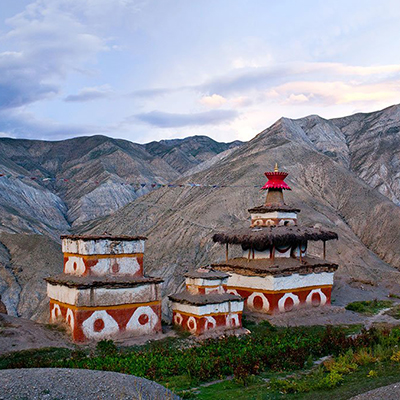
.jpg)


.jpg)

